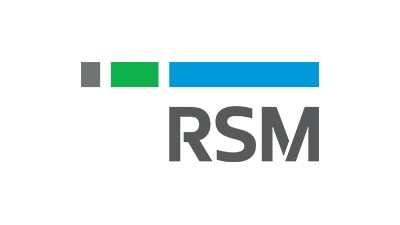5 Tenant Demands Reshaping The Office Market

Tenant preferences are constantly changing, and office space is evolving with them. The modern office has transformed from a destination into an experience, and building managers are customizing their space to align with tenant needs and habits.
As buildings fight to keep up with these evolving tenant needs, they are implementing a streamlined, tech-driven approach to help tenants define their space. Here are five ways tenant preferences are shaping the modern office.
1. PropTech For The Office
Millennials are changing the property search process. Millennials make up one-third of the U.S. labor force, and 25% of millennials already hold leadership positions. As more millennials grow into executive roles within their organizations, the way that companies search for office space is changing. More companies are turning to PropTech to inform the property search. Platforms like LoopNet and Reonomy allow potential tenants to customize their property search and find a space that most closely aligns with their company’s goals.
There are also several PropTech platforms that can equip buildings with the tools to help tenants activate and engage with their space. Tenant engagement platforms like Skyrise and Tenenx provide a direct line of communication between office tenants and building managers. Property owners and managers can chat with tenants, send news and announcements to the entire building and customize amenities and services for tenants. PropTech solutions also provide an efficient way for offices to keep up with evolving tenant preferences.

2. Leveraging Data And Analytics
To engage future tenants, and to retain current tenants, offices have begun to rely on a more data-driven approach. Building managers are learning more about their tenants, including what kind of amenities they prefer and what type of office space they want.
“Business intelligence has been around for years, but with today’s new PropTech solutions there is so much data available at the click of a switch,” RSM real estate consultant Michael Schwartz said. “Many of our clients are using data to track tenant demands and rental rates. Being able to look at this information on a real-time basis helps landlords, tenants and their brokers take pulse on the market and make well-informed leasing decisions.”
Other companies are integrating geolocation services into their property search strategy. Mapping integrations provide an opportunity for companies to see a potential office space on the map, and navigate where the property is and the best way to get there. These maps can help companies make more informed decisions about their real estate by creating a visual, data-driven experience.
3. The Rise Of Remote Work
More employees are opting to work remotely, and companies that fail to provide the option to work from home are facing consequences. In an annual Flexjobs survey of over 5,000 professionals, the number of employees who quit their jobs due to lack of flexibility nearly doubled from 17% in 2014 to 32% in 2017.
As fewer people work in the office, companies have started to downsize their footprints. Some companies have gotten rid of their offices altogether to save rent cost and accommodate employee preferences. But there are still employees at these companies who enjoy working from an office, prompting other businesses to lease coworking space for their employees.

4. Getting Smart With Office Space
Smart buildings have become an attractive option for companies that want to make their offices more efficient and sustainable. More buildings have branded themselves as “offices of the future,” promoting new technology concepts as part of their amenities packages.
Several high-rise office buildings are using high-speed elevators to get tenants to their destinations faster. At One World Trade in New York City, elevator manufacturer and engineering company ThyssenKrupp produced and installed a customized elevator system that allows tenants to reach their office with minimal floor stops. The elevator can travel 2,000 feet/minute, bringing tenants to the 102nd floor within a minute.
5. The New Tech Hubs
When companies are looking for an office space, access to internet and cellular connectivity is one of the most important elements that factor into the leasing decision. In a study from WiredScore and Radius Global, 90% of decision-makers in the office leasing process rated connectivity as a major factor in the decision. To meet these demands, more offices are deciding to occupy offices in tech hubs, or innovation centers. These locations offer access to connectivity and provide space for tech companies and startups to conduct operations, and are often in cities with strong data center activity. Atlanta’s Technology Square, for instance, offers research buildings and media centers near DataBank’s high-performance computing center, one of the leading data centers in the greater Atlanta region. These hubs provide digital connectivity to tenants and help build a community for the entrepreneurs and companies who share the space.
This feature was produced in collaboration between Bisnow Branded Content and RSM. Bisnow news staff was not involved in the production of this content.

